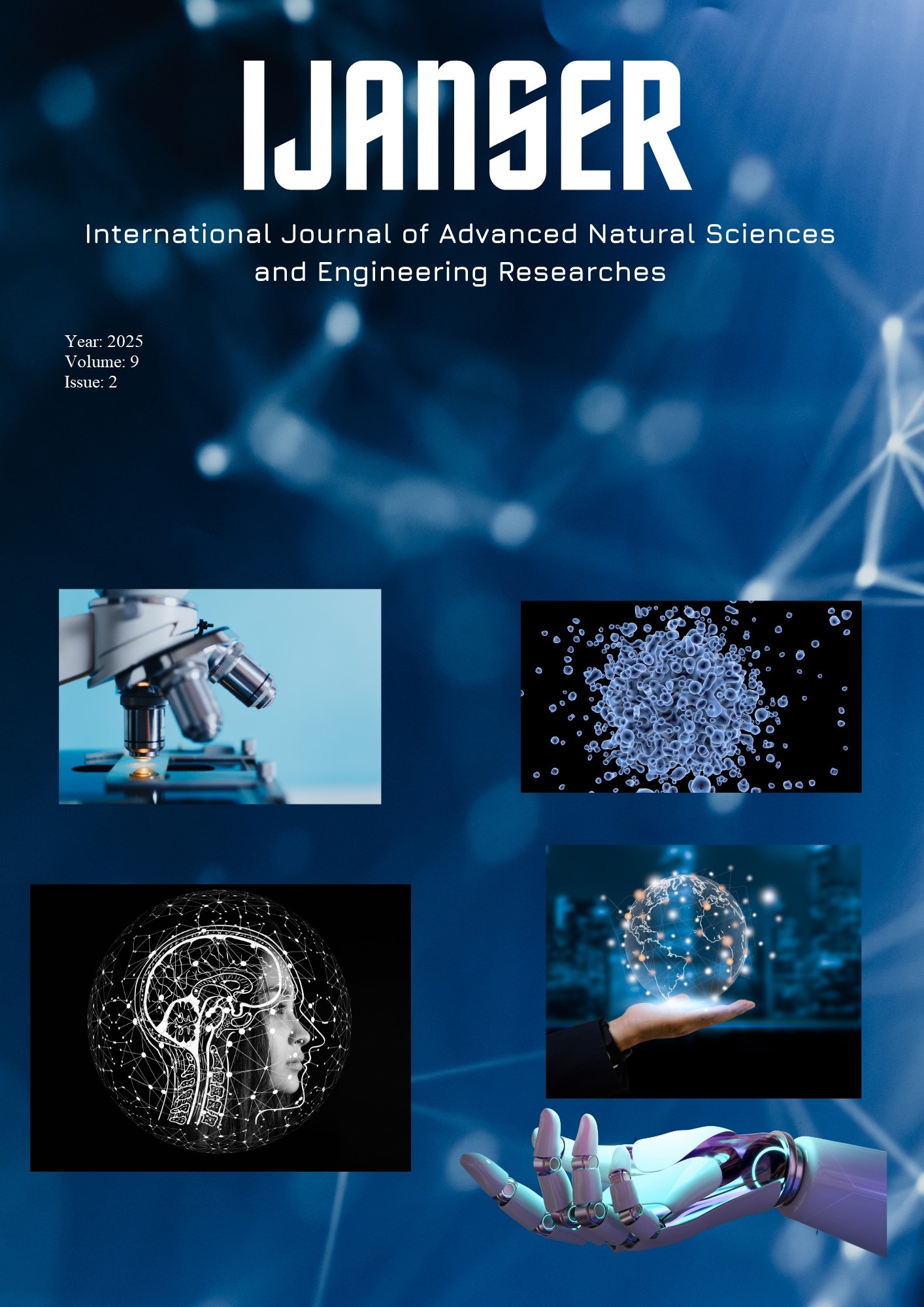The Impact Of Covıd-19 On Mechanical Engineering Education In Turkey: Survey Research
DOI:
https://doi.org/10.5281/zenodo.14897929Keywords:
Engineering, Survey Research, COVID-19, Education, S.P.S.S.Abstract
The study aims at determining problems that students have faced, and the positive and
negative effects of online education during pandemic period. The distance education evaluation research
was conducted on January 18, 2021 using web survey method. In order to determine the difference
between the responses of the participants to the questionnaire, normality test, reliability test, frequency
analysis and t test were applied using the S.P.S.S. program. The survey shows that although distance
education was preferred during the pandemic period. Most of the participants think that the epidemic
negatively affects the quality of education.
Downloads
References
Bao, Y.P., Sun, Y.K., Meng, S.Q., Shi, J., Lu, L. (2020). 2019-nCoV epidemic: address mental health care to empower society. Lancet, 395, E37– E38.
Bruin., Y.B.D., Lequarre, A.S., McCourt, J. et al. (2020). Initial impacts of global risk mitigation measures taken during the combatting of the COVID-19 pandemic. Saf Sci., 128, 104773–104780.
Cronbach, L. J. (1951). Coefficient alpha and the internal structure of tests. Psychometrika, 16, 297–334.
Çiçeklioğlu, H. and Akmaz, A. (2020). The Effect of The Personal Features of University Students On The Perspectives of the Distance Education System: A Glance on The COVID-19 Process. Journal of Social and Humanities Sciences Research, 7(60), 2939-2953.
Enfiyeci, T. and Büyükalan Filiz, S. (2019). Uzaktan Eğitim Yüksek Lisans Öğrencilerinin Topluluk Hissinin Çeşitli Değişkenler Açısından İncelenmesi. TÜBAV Bilim Dergisi, 12 (1), 20-32.
Eryılmaz Türkkan, G. and Hırca, T. (2021). The investigation of flood risk perception as a quantitative analysis from socio‑demographic perspective. Natural Hazards, 106, 715–733.
George, D. and Mallery, M. (2010). SPSS for Windows Step by Step: A Simple Guide and Reference. 17.0 update (10a ed.) Boston: Pearson.
Kahraman, M.E. (2020). The Effect of COVID-19 Epidemic on Applied Courses and the Implementation of These Courses by Distance Education: Example of Basic Design Course. İMÜ Sanat Tasarım ve Mimarlık Fakültesi Dergisi, 6 (1), 44-56.
Li, Z., Ge, J., Yang, M. et al. (2020). Vicarious traumatization in the general public, members, and non-members of medical teams aiding in COVID-19 control. Brain Behav Immun.
Pallant, J. (2007). S.P.S.S. survival manual: A step by step guide to data analysis using S.P.S.S. for windows, 3rd Ed., Open University Press, Australia.
Rajkumar, R.P. (2020). COVID-19 and mental health: a review of the existing literature. Asian J Psychiatry, 52, 102066–102070.
Sencer, M. and Irmak, Y. (1984). Method in social sciences, 2nd Ed., Onur Press, Istanbul.
Wang, Y., Jing, X., Han, W., Jing, Y., Xu, L. (2020). Positive and negative affect of university and college students during COVID-19 outbreak: a network-based survey. International Journal of Public Health, 65:1437–1443.
Yates, C. and Bradley, J. (2000). Basic Education at a Distance: World Review of Distance Education and Open Learning. USA: Routledge, Florence, KY.
Zhao, B., Cai, T.J., Zhang, Z.H. (2020). Presentation and adjustment of college students’ emotional state under COVID-19 epidemic— based on the perspective of self-care. China Youth Study.
Niazkar, M., Türkkan, G. E., Niazkar, H. R., & Türkkan, Y. A. (2020). Assessment of three mathematical prediction models for forecasting the covid-19 outbreak in Iran and Turkey. Computational and Mathematical Methods in Medicine, 2020, 1–13.





